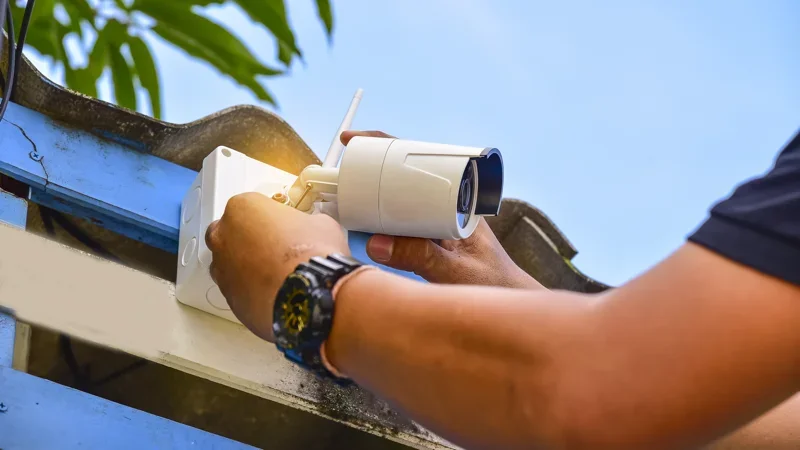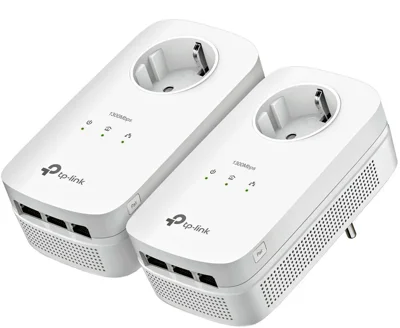WiFi kamera
When is it right to use a wireless video camera?
A wireless surveillance camera can be a good solution where it is not possible to run a cable.
Indoors it usually goes well - but outdoors our experience is that a wireless camera is easy in the short run and difficult in the long run.
That is why it is always worth considering the alternatives. See more about them below!
WIFI is good for your computer when you have to surf, but is not ideal for security - or for equipment that is constantly connected. A camera connected with a network cable will be much more stable, powerful and trouble-free in the long run.
A wired camera gets both power and data connection through the network cable, and will therefore have much more power for video analysis and recording in bad conditions without running out of power, falling off the network or getting jammed.
If your bike is gone and you need to use the footage from yesterday, with a wired camera you don't have to wonder if the camera should have been restarted or charged.

Good alternatives to wifi cameras
If the camera is to be mounted in a building where there is no network, then there are a few really good alternatives to running a cable.
You can use a wireless cable or you can use the mains
The advantage of both solutions is that you get to extend your network to the other building and can use it for everything other than cameras. Such as. an extra wireless access point, so you also get good wifi in building 2.
Wireless cable

A wireless cable, or radio bridge, is a fast and stable network connection that can reach up to 10 km!
The only requirement is that the two small antennas must be able to see each other - without obstacles in between. You insert a network cable into one antenna - and take it out of the other.
You can see an example here: /traadloest-kabel-112/complete-traadloest-kabel-long- range-p6895
Powerline

The alternative to wireless cable is to use the existing electrical cables to also transport data signals.
You can then plug a small box into a socket - and plug a data cable into the box.
In another socket, you put a corresponding box and retrieve the data signal again.
The challenge with that solution is that both sockets must be on the same phase in order for the two boxes to talk to each other. It is often possible to find sockets on the same phase in both buildings - but sometimes you have to try your hand.
So when to choose a wireless camera?
If you need to do temporary surveillance and when it is not decisive whether a recording is missing - then a WIFI camera can be the perfect solution.












